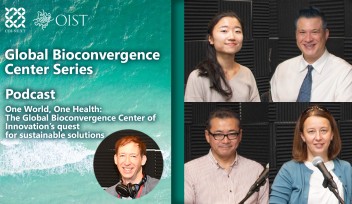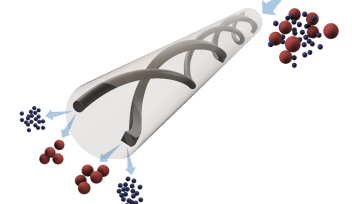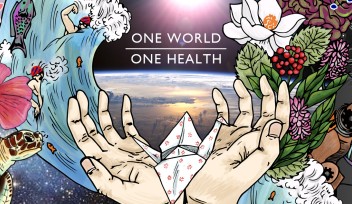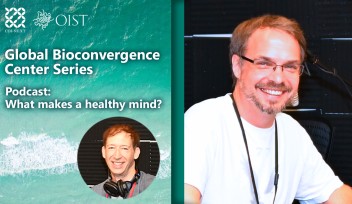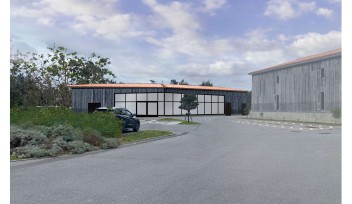Making sci-fi healthcare with microfluidic devices and anti-senescence supplements
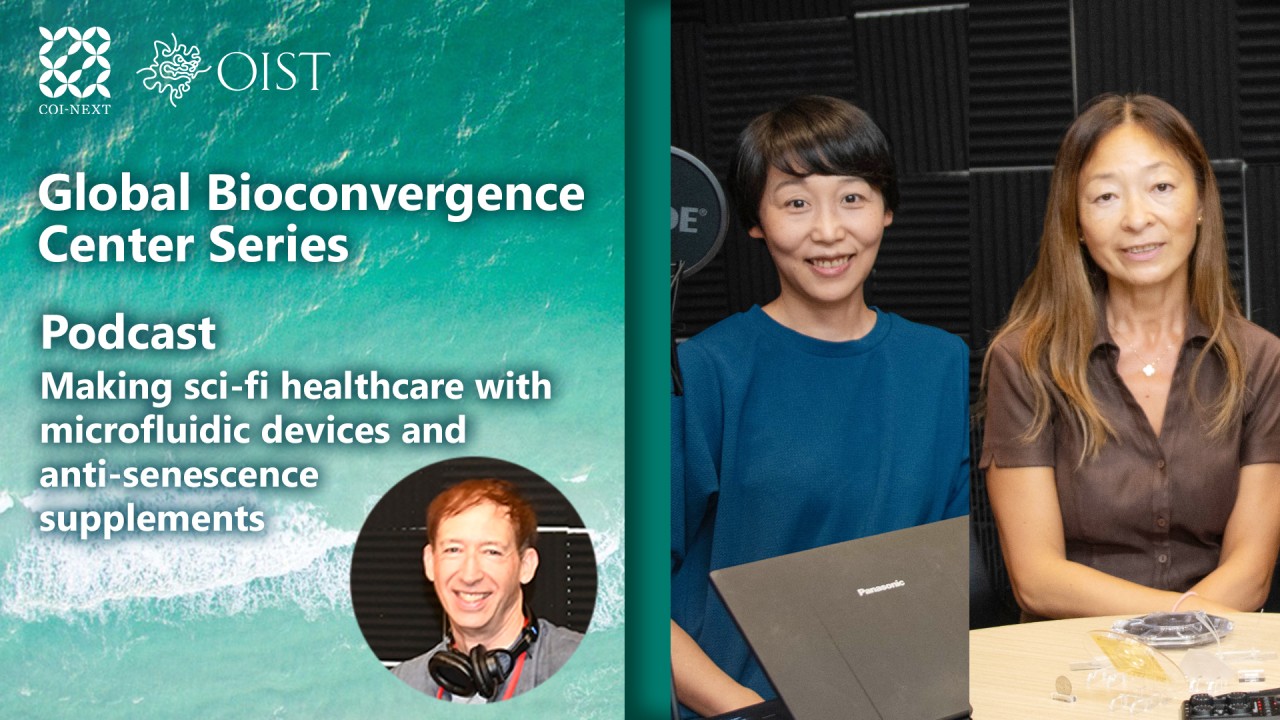
What if we could stop aging? What if we could create simple palm-sized devices to detect disease, stop oil spills, and secure our food supply? These types of questions frequently make rounds in science fiction, but they aren’t fiction for researchers. Translating the very real concerns of cellular aging, disease, environmental disasters and crop failures into science, and then back into real-world applications, is a fundamental challenge in non-fiction science.
To specifically address this challenge, the Global Bioconvergence Center of Innovation at the Okinawa Institute for Science and Technology (OIST) was established last year thanks to funding from Japanese government’s grant program, COI-NEXT. Through the three themes of ‘Healthy body’, ‘Healthy mind’ and ‘Healthy environment’, the center promotes cooperation between scientific fields to foster innovative solutions to complicated problems, as well as industry-academia partnerships to turn these solutions into real-world applications.
OIST’s podcaster-in-residence Nick Luscombe examines research in the ‘Healthy body’ strand together with Professor Amy Shen from the Micro/Bio/Nanofluidics Unit and Professor Keiko Kono from the Membranology Unit. Listen to the podcast below:
Versatile microfluidic devices simplify complex research
By studying how fluids move and mix on the micrometer scale, Professor Shen’s work is oriented towards creating devices that can both advance basic research in the lab and be used in the ‘real world’. The unit researchers come from the fields of engineering, physics, biology, and chemistry, with the aim of developing lab-on-a-chip devices that simulate the flow of bodily fluids for medical research and disease detection. However, fundamental research plays a pivotal role in optimizing the design of these devices. Their work extends to designing portable, economical, and easy-to-use devices, which are pivotal in advancing food security and environmental monitoring.
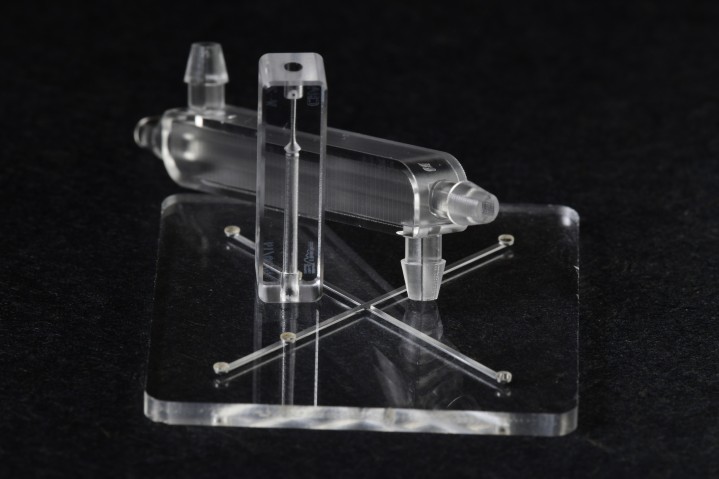
In the field of healthcare research, one big challenge is understanding how fluids move and behave inside our bodies, like how blood circulates or how fluids interact with our cells. By creating lab-on-a-chip devices that replicate these physiological conditions, Professor Shen’s team aim to capture fundamental principles of physics to explore key aspects of drug delivery and cardiovascular dynamics using lab-on-a-chip platforms. This innovative approach not only optimizes research efficiency but also substantially enhances cost-effectiveness and accessibility.
The technology platform for developing these devices is highly versatile. For example, the Micro/Bio/Nanofluidics Unit has engineered devices to study various aspects of bacterial behavior, including division, growth, and competition, especially in scenarios where physical space or resources are limited. These devices can find various applications : “We can leverage similar technology within the ‘Healthy body’ domain, such as employing devices capable of identifying pathogens like bacteria, viruses, or parasites”, Professor Shen explains. Currently, researchers can detect one or two pathogens at a time, but “hopefully within the next two years, we’ll have a single device that can simultaneously detect multiple pathogens, thus significantly enhancing diagnostic efficiency and efficacy.”
Looking for aging on the surface of the cell
At a cellular level, aging – or senescence – is a mystery. We know that as we get older, senescent cells accumulate in our bodies, for better and worse, as Professor Kono points out: “Aged cells have both good and bad functions. The good is that they upregulate immune responses or accelerate wound healing, but the bad is that they accelerate tumor promotion or cause organismal dysfunction.” The hypothesis has long been that DNA damage incurred over time induced cell senescence, though recently, the focus has turned to the cell membrane, which is substantially thinner than a soap bubble.
Armed with this knowledge, Professor Kono’s unit ultimately hopes to prolong healthy life by protecting cells against membrane damage. If cell senescence can be reduced or even prevented, then we won’t be at an increased risk of death, debilitation, and disease just because of our age. “Recent research shows that when you remove senescent cells, you can rejuvenate various body functions, like muscle strength or tissue regeneration,” as Professor Kono explains. Though the research has so far been confined to lab experiments, already there are senescent cell-killing drugs undergoing human trials. It may sound like sci-fi, but even now, insights from Professor Kono’s lab are diffusing into the real world, thanks to an industry-academia partnership with Suntory, with the long-term goal of developing anti-senescence supplements.
Breaking barriers
By overcoming the hard boundaries between scientific fields and between industry and academia, the Global Bioconvergence Center of Innovation is a vehicle driving innovation in matters of global health. The journey is not easy, nor without bumps – whether research hypotheses are proven wrong, as is the norm in basic research which Professor Kono is conducting, or it’s finding the right industry partners, as with Professor Shen: “The past two years we have been developing disease diagnosis kits, but at a laboratory scale. Our hope is to connect with local and global companies to co-develop and co-create technologies and devices.” Challenges like these are why frameworks such as the Global Bioconvergence Center of Innovation are necessary, creating a space with the resources and connections to make basic research possible, and take scientific innovations from the drawing board and into the real world where they create real change.
Specialties
Research Units
For press enquiries:
Press Inquiry Form










